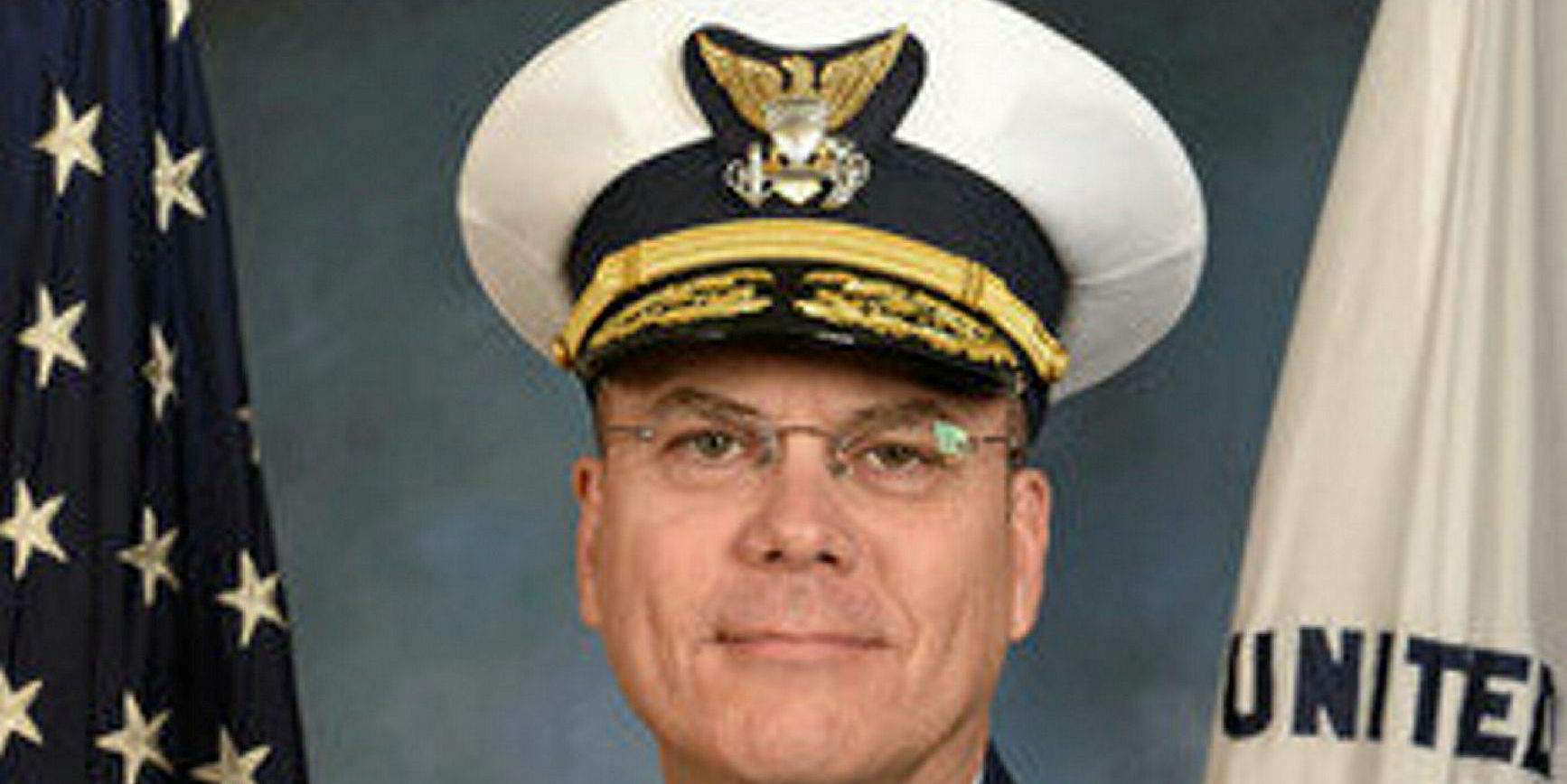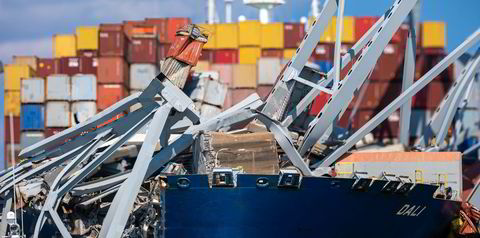Four ship registers have fallen out of the United States Coastguard (USCG) Qualship 21 programme which recognises the top performing flag states based on port state control performance over a rolling three year period.
In the latest list, released in the USCG’s 2019 annual report, out go Liberia, the world’s second largest flag state, along with China, Belgium and Curacao.
There are two new entrants to the list of 25 top ranking flag states, Cyprus and South Korea.
Liberia still has 383 registered ships that make it onto the Qualship 21 list of recognised vessels.
The new Qualship 21 flag state list applies from 1 July 2020, while the current list expires on 30 June 2020.
The Bahamas flag is one of those to maintain its status. Bahamas Maritime Authority (BMA) chief executive Dwain Hutchinson said that the flag had only two detentions out of 538 inspections under the USCG port state control last year to retain its position on Qualship 21.
“The stringent attention to quality that is paid by all of our owners has been recognised once again,” Hutchinson said.
The Marshall Islands has also retained its place and is the largest flag state on the Qualship 21 list.
Bill Gallagher, president of Marshall Islands manager International Registries, said: “To put this challenge into perspective, while the Marshall Islands Registry has once again earned this distinguished Qualship 21 recognition, other major registries have struggled; one of these notable registries dropped off of Qualship 21 and is now among one of those on again, off again flags targeted for added scrutiny by the USCG.”
The USCG has a separate scheme called the e-zero scheme which recognises the environmental performance of ships that call at US ports. It reported 51 ships are now recognised under the scheme.
In a separate development Rear Admiral Richard V Timme, assistant commandant for prevention policy at the USCG, wrote in the annual report that US port state control inspectors will strongly enforce the new Marpol Annex VI global 0.5% limit on the sulphur content of fuel and the US 0.1% emission control area (ECA) limit.
He urged shipping companies to have contingency plans in place to make sure they are able to comply at all times.
He said: “If during a port state control examination we discover that a vessel has used fuel exceeding the sulphur cap beyond our ECA, we will take action against the vessel to ensure compliance.
"We recognize that there may be challenges with meeting the new low sulphur fuel requirements, I strongly encourage operators and owners to develop contingency plans for the potential compliance challenges and include them as a part of their Safety Management System.”






